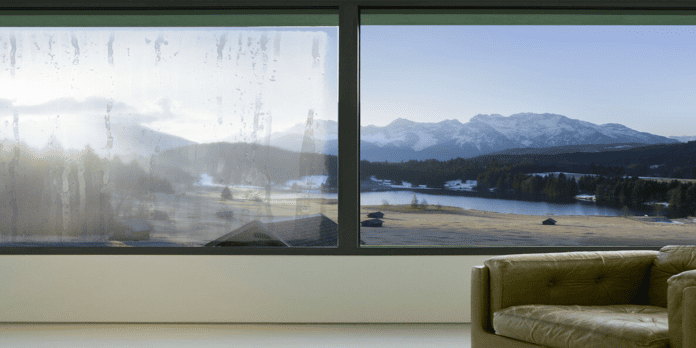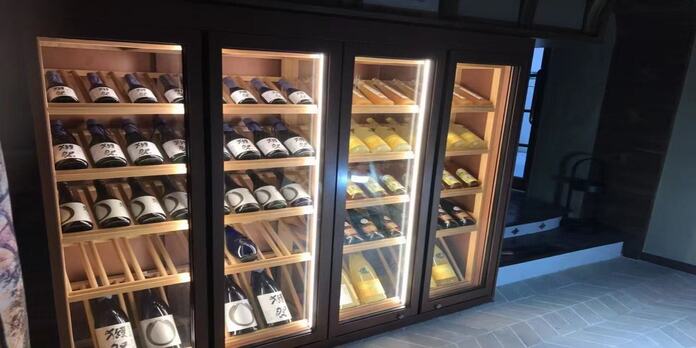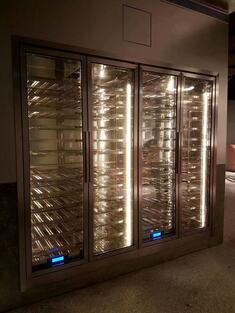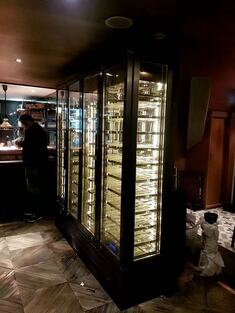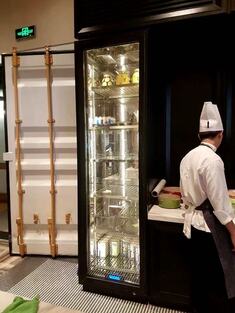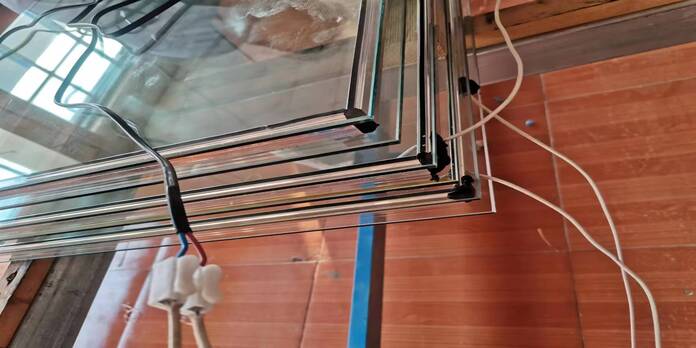Advantages of the smart heated glazing (depending on the manufacturer):
Heating invisible to the naked eye. Appearance of traditional glazing. Space saving by removing all or part of the radiators.
Suitable for all glazing formats and materials (wood, plastic, aluminium).
Limiting the «cold wall» effect of glazing.
Even distribution of heat over the entire pane.
Elimination of condensation on windows and bay windows for total visual comfort.
Very good responsiveness in terms of temperature rise.
Maintenance-free heating system.
Can be combined with other technical functions (blackout glass, dynamic solar glass, safety glass, etc.).
Suitable for new build and renovation.
Heated glass numerous potential applications:
1.with spaces and volumes that require de-icing. This is the case, for example, of verandas, glass roofs, snow removal surfaces, aircraft windows, etc.
2.where condensation is significant and demisting is required: spa areas, swimming pools, sports halls, glass partitions in bathrooms, etc.
3.with non-standard glazing dimensions in order to reconcile the provision of light and the limitation of the «cold wall effect» which is amplified by the glazed surface (museums, institutional buildings, luxury hotels, etc.).
4.where space constraints are important (boats, barges, mobile homes, etc.) and every cm counts.
Although it requires specific integration, it can be adapted to most window frames, sashes, sliding or folding windows, glass facades. Projects exist for entrance doors and glass partitions. The heated glazing can be integrated indiscriminately into aluminium, PVC, metal or wooden profiles.
The most common power supply is 230V.
